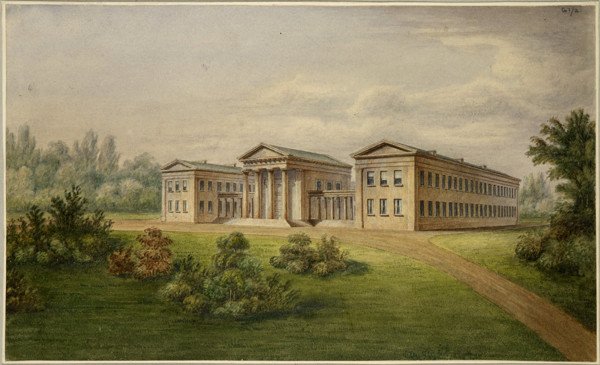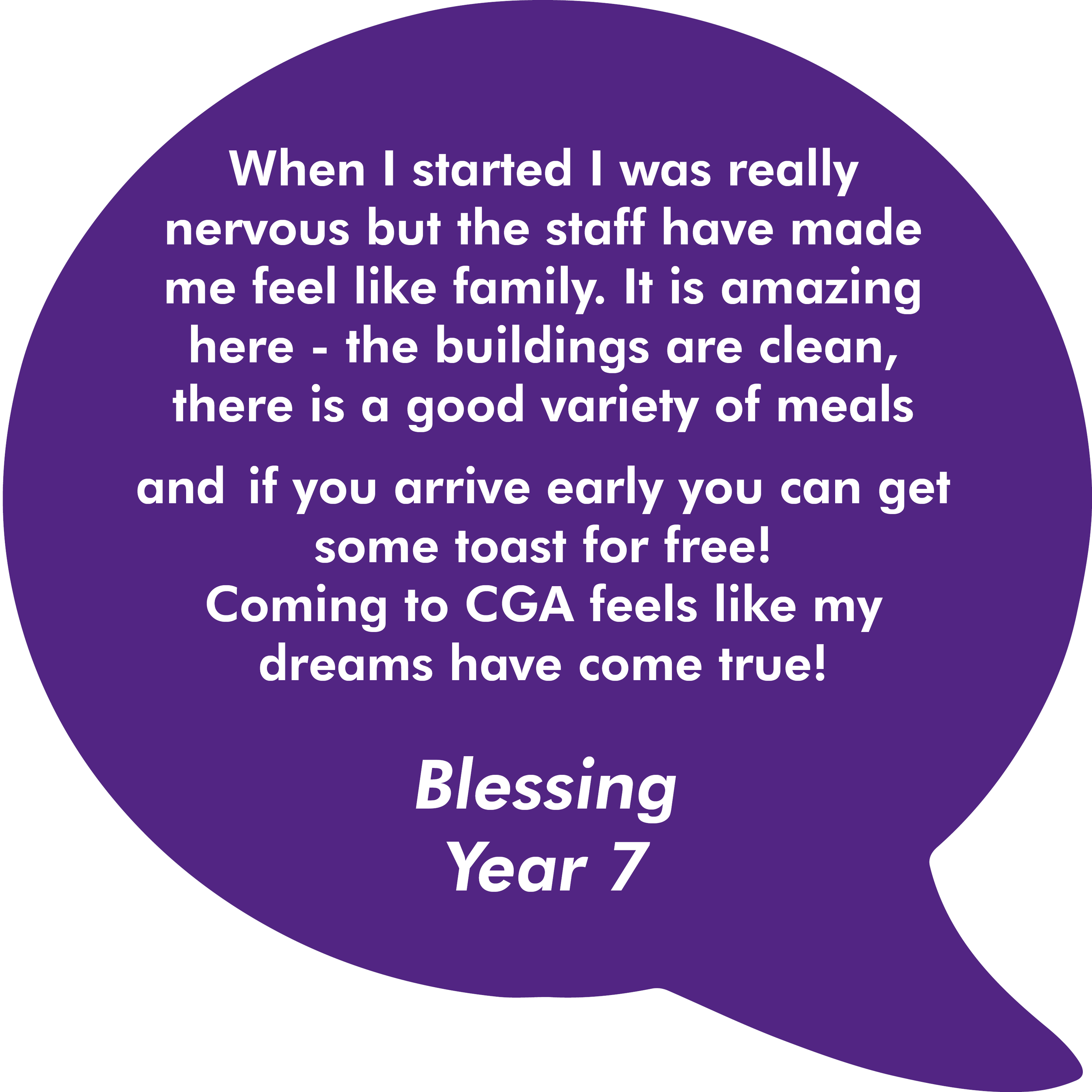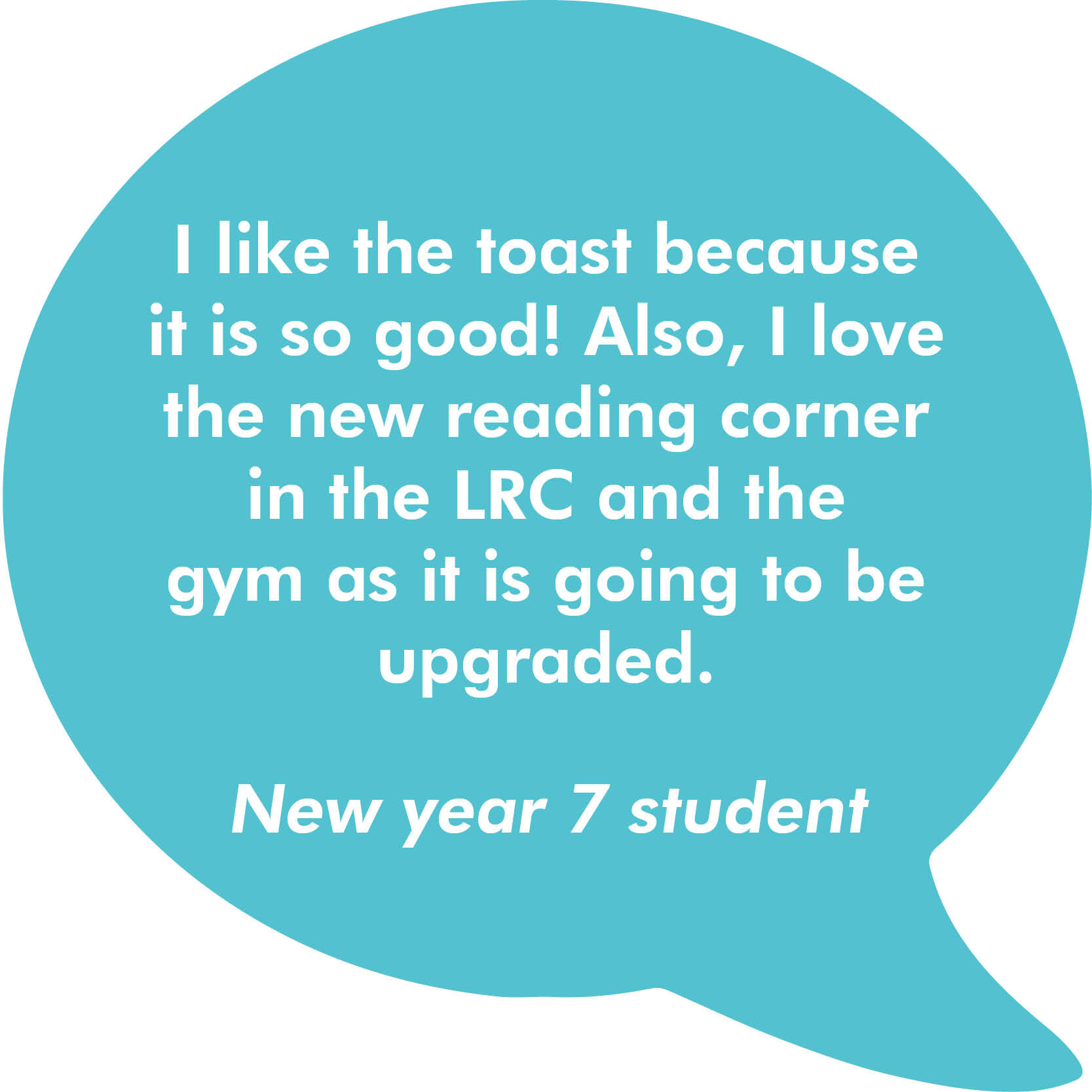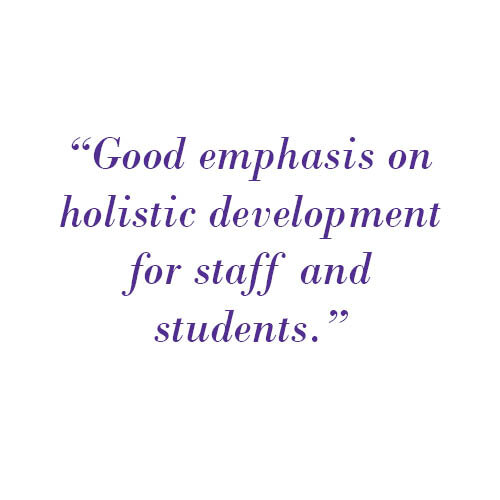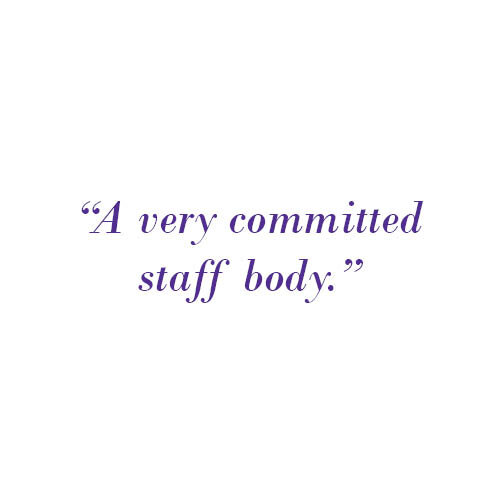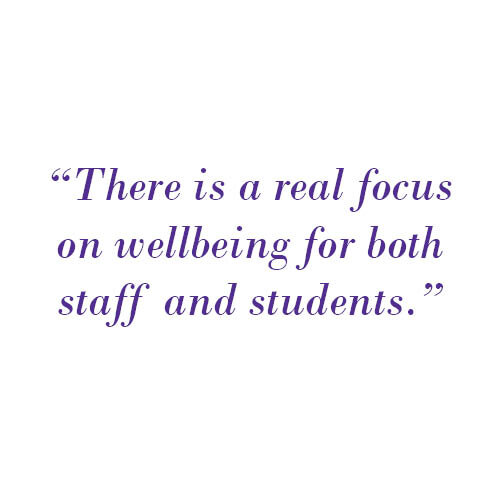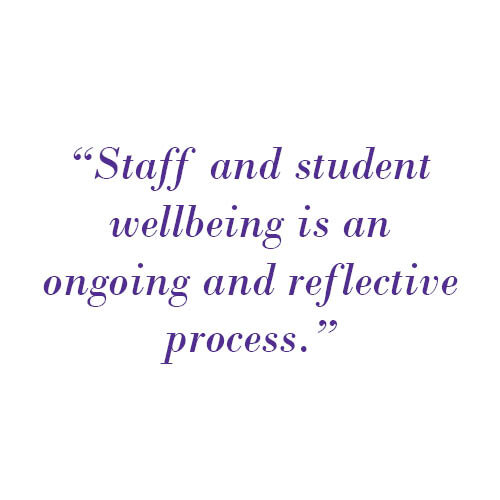Portico History
This building, almost more than any other, symbolises the changes to the social composition of the local community over 200 years.
The Portico Site:
1630-1815
The Clapton Portico occupies a site with a rich history stretching back to the 16th Century. A girls' boarding school, built in the 1630s and run by Mrs Elizabeth Salmon was the first building to occupy the site. The building then became a famous boys' private school known as Dr Newcome's Academy or Hackney School. The school was established by Benjamin Morland in 1685 and passed to his son-in-law Henry Newcome, in 1721. It closed in 1815 and was demolished in the early 1820s.
At the end of the 18th century it was said 60 or so members of the House of Commons were old boys of the school.
CLICK TO READ:
The London Orphan Asylum:
1821-1867
"In the year 1823 a noble structure, called the London Orphan Asylum, was erected by subscription at an expense of £30,000 for maintaining and educating the orphan children of respectable parents. There are at this time 250 boys and 100 girls partaking its benefits." (Starling 1831)
The London Orphan Asylum bought the site in 1821 and held an architectural competition for a new building to house and school orphans. Mr Inman of Lincoln's Inn Fields won the commission and the foundation stone was laid in 1823 by the Duke of York. The buildings were completed in 1825. The orphanage was relocated to the country air of Watford in 1867 after a typhoid epidemic in Hackney, caused by the state of the drainage systems.
The London Orphanage Asylum still exists today with orphanages throughout the country.
The Salvation Army
1882-1970
The portico building was sold in 1882 to The Salvation Army who called it their ‘National Barracks'. After purchase the chapel was demolished and the quadrangle excavated, roofing it over to create a massive hall capable of seating more than 4,500 people. The wings of the building were used as training barracks for 300 male and female cadets with classrooms on the ground floor, workrooms below and bedrooms above.
Consequently Linscott Road was constructed with Mayola Road connecting to the north round to Almack Road.
The building returned briefly to its role as providing asylum to children when in 1937, 400 Basque refugee children from the Spanish Civil War were accommodated there.
The Clapton Congress Hall was used by the Salvation Army for 87 years until 1970 when a new citadel was built on Lower Clapton Road.
CLICK TO READ:
Portico hosts Basque children escaping Spanish Civil War 1936-39
The London Borough of Hackney
1970-2003
The building was subsequently bought by the London Borough of Hackney. In 1975 the majority of the building was demolished leaving only the Portico and the colonnade wings, giving way to the expansion of the school and the construction of Rosa Parks building (the sports halls), Curie building (science facilities) and Nightingale building (languages). During the demolition of houses on Mayola Road, a culverted stream was discovered. A further building was added to the school in the mid 1990s, Tereshkova building (art, design & technology).
Linscott Road still exists today, although the connection between Mayola Road and Almack Road to the East has been cut of by the school grounds. The remains of Mayola Road are still visible on the school ground and are now serving emergency access only.
What remained of the Portico was added to the national ‘Buildings at Risk Register' and the structure sat unused for more than 25 years. In 1999 a temporary installation by Turner Prize winning artist Martin Creed stimulated public interest in the building. Work No.203, a large neon text installed on the front of the Portico read ‘Everything is Going to be Alright’.
The Portico City Learning Centre
2003 to 2022
In 2003 the Learning Trust was awarded funding from the Department for Education and Skills and secured additional funding, mainly from Heritage Lottery Fund to restore the Portico and build the Portico City Learning Centre as a place where students and teachers can access the most up to date computer technology. The new building, designed by Brady and Mallalieu Architects, was opened by the Rt Hon. Estelle Morris, Baroness of Yardley in April 2006.
During this phase of the Portico's life, Clapton Girls' Academy moved in for a few years while their site was undergoing construction work. However, spiralling maintenance costs on this Grade ll listed building meant that the building reverted back into the hands of Hackney council who used it as a workshop while exploring options for a new occupant.
Lower Clapton Group Practice
2023 to present
Lower Clapton Group Practice will move into the Portico building in March 2024 following an extension and upgrade to become a local health centre. Neilcott Construction were appointed to design and build the new extension and undertake the refurbishment works to provide a mix of consulting rooms and treatment rooms at the site. The building aims to provide high quality primary, community and social care services.
The new local health centre at the Portico will include:
18 consulting rooms
6 treatment rooms
1 minor procedures room
Administrative, staff and patient accommodation and reception areas
This new era in the Portico’s life could also provide some exciting potential career opportunities for CGA students, in particular those going into medicine and healthcare.
CLICK for:





